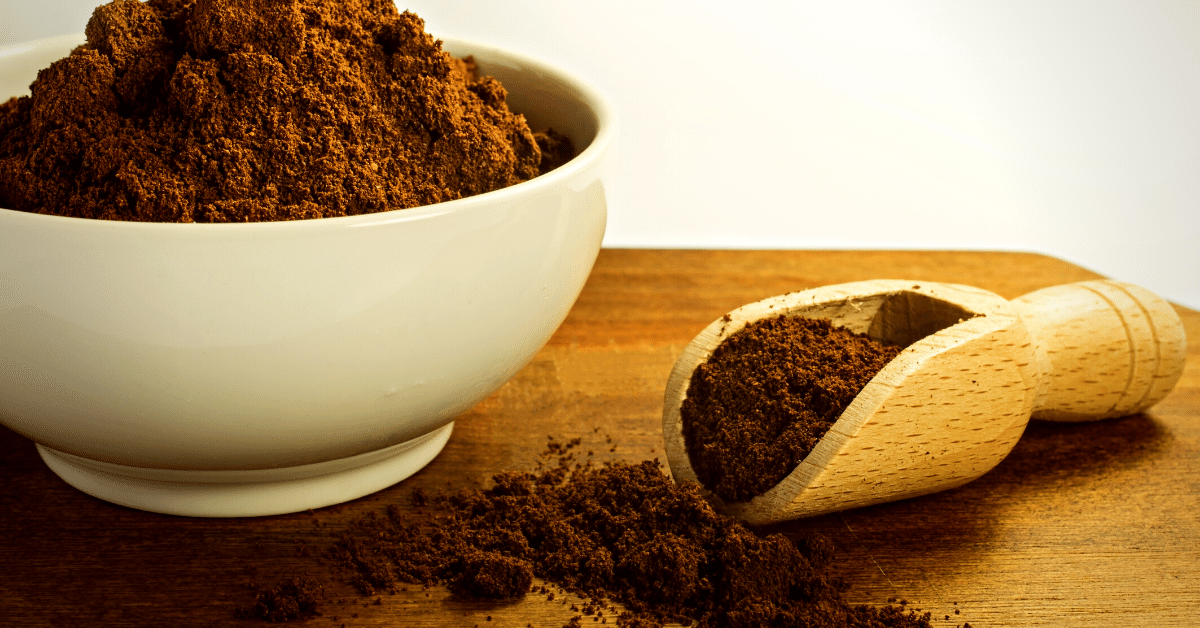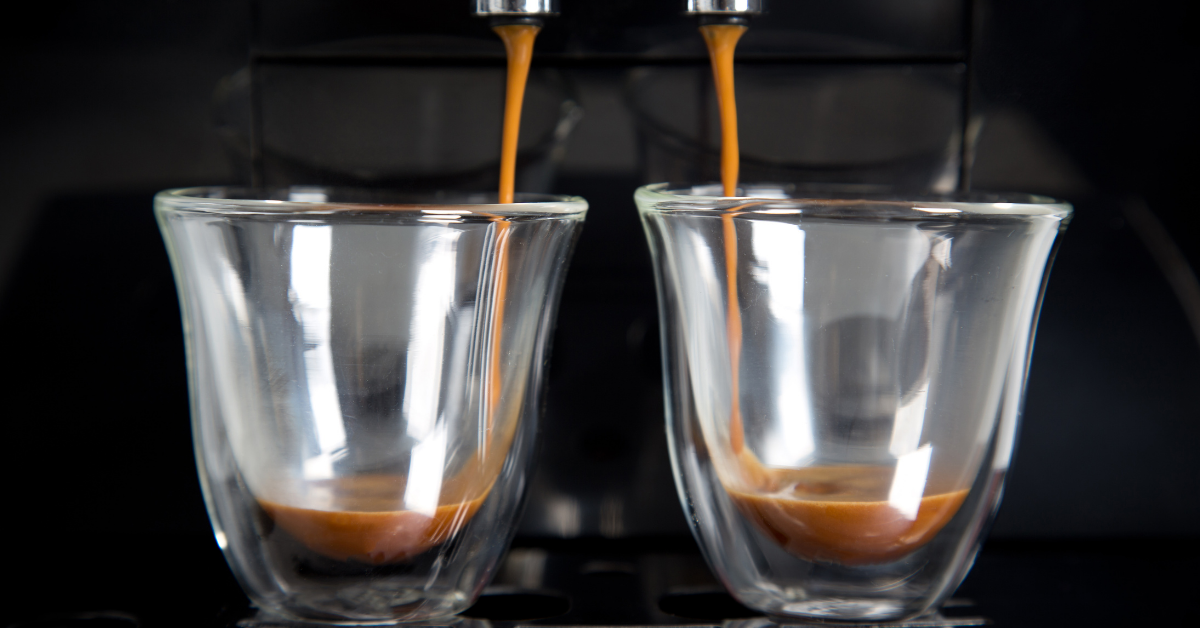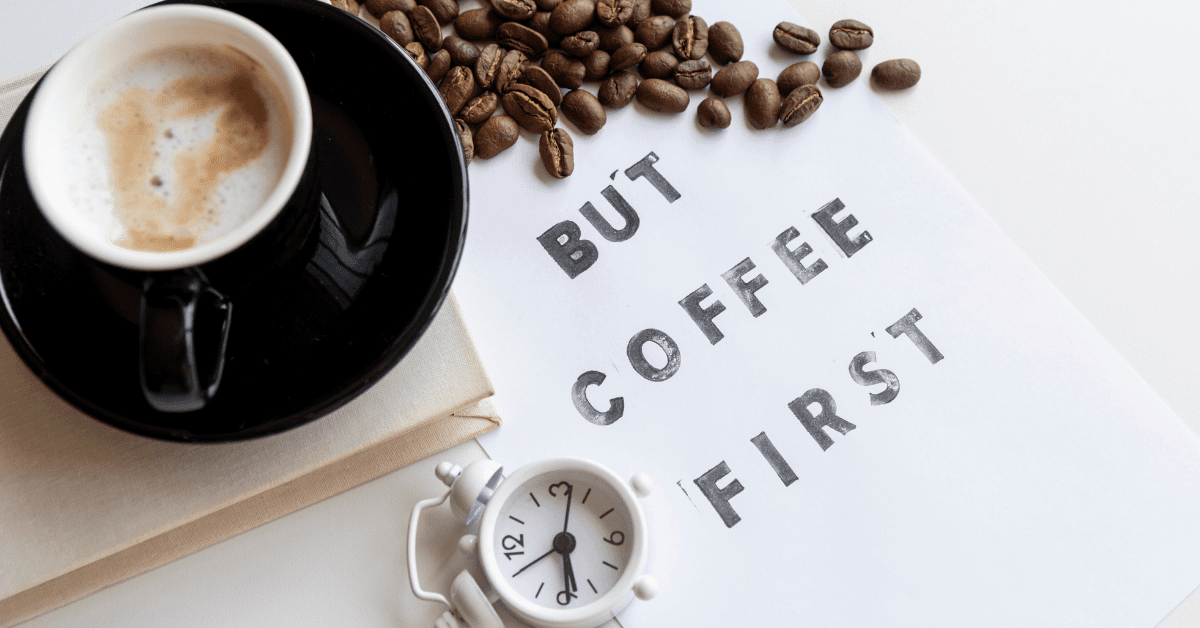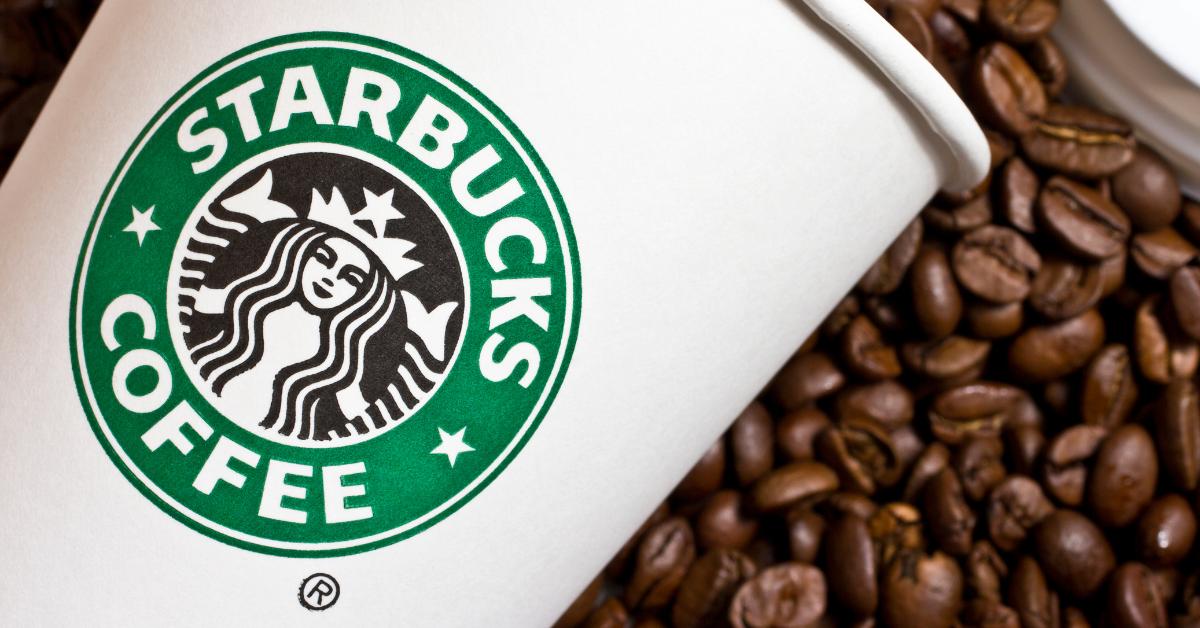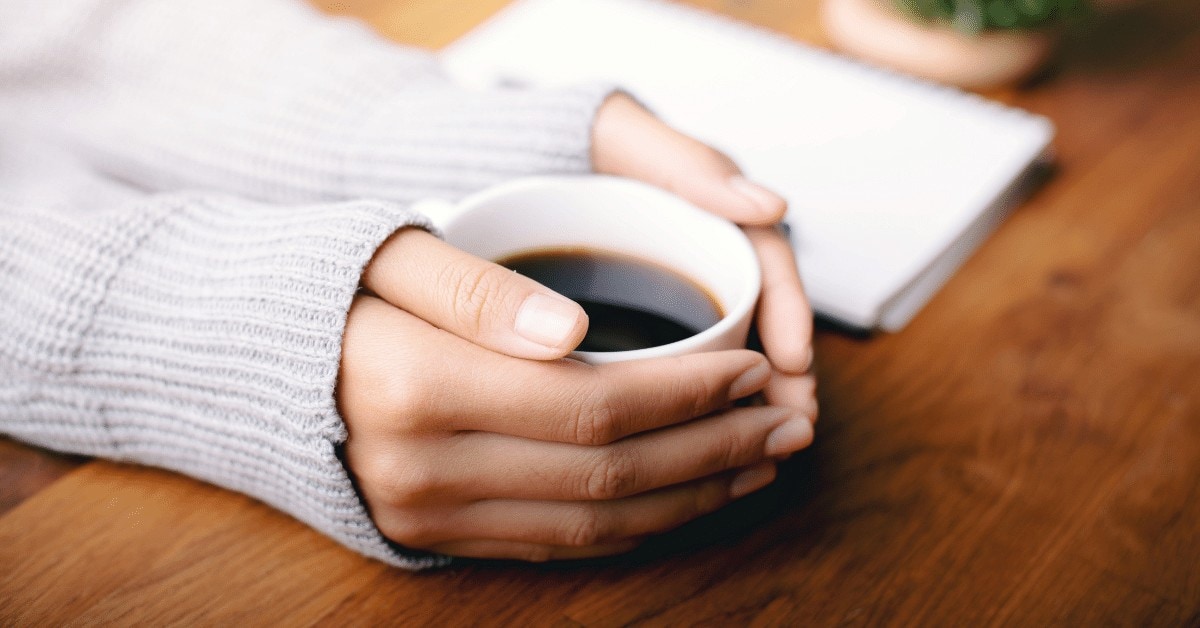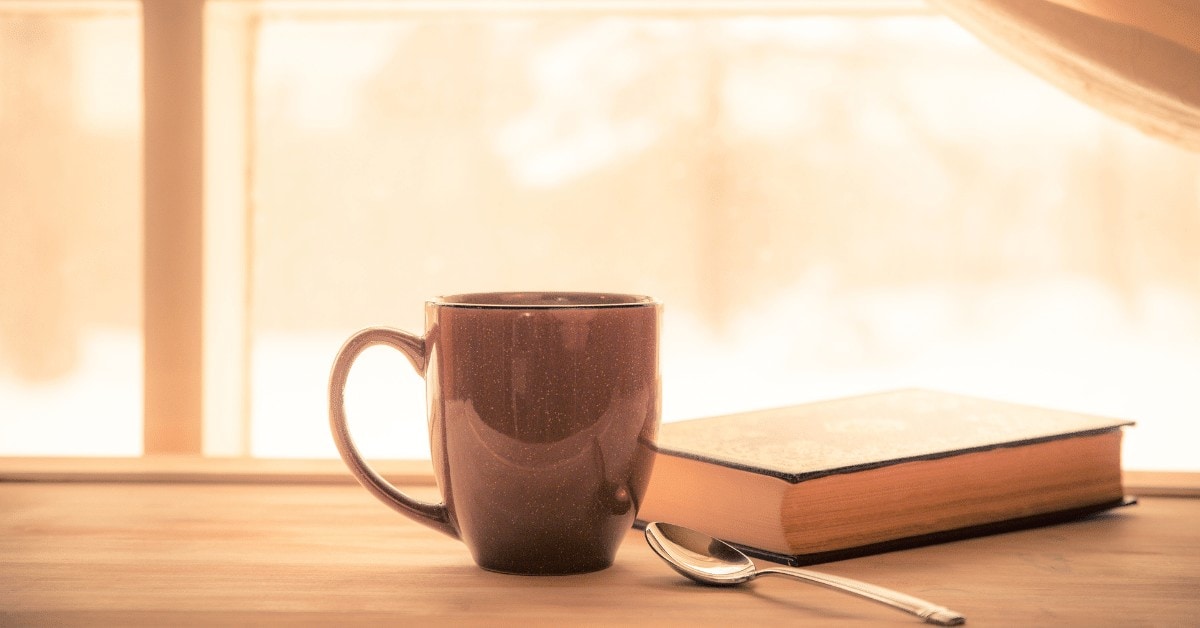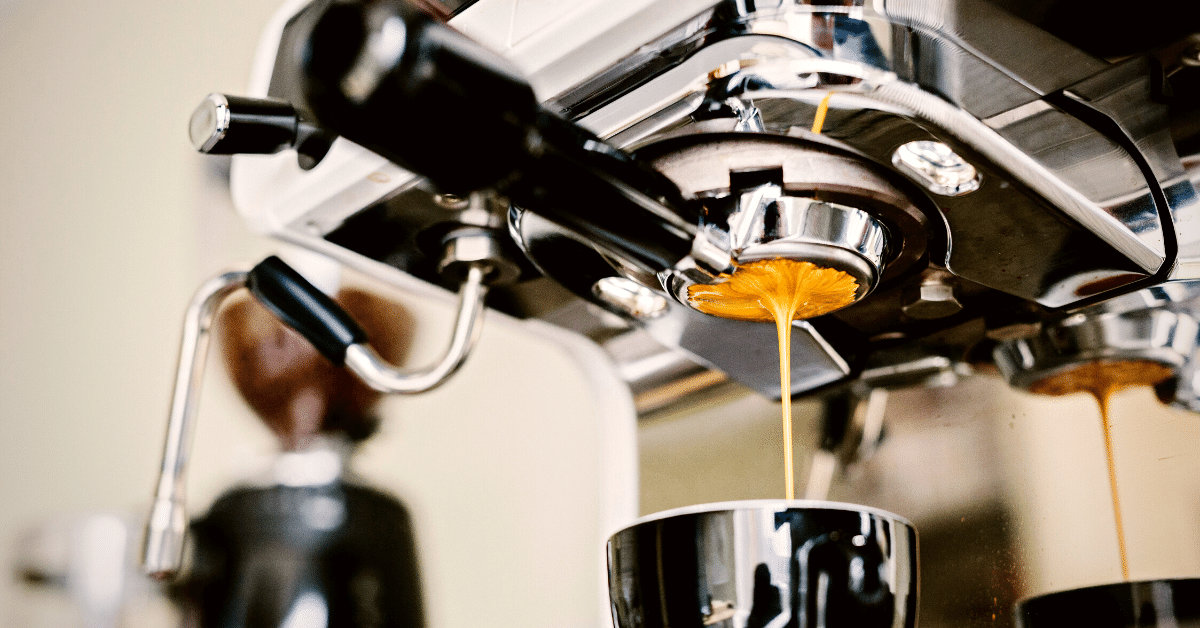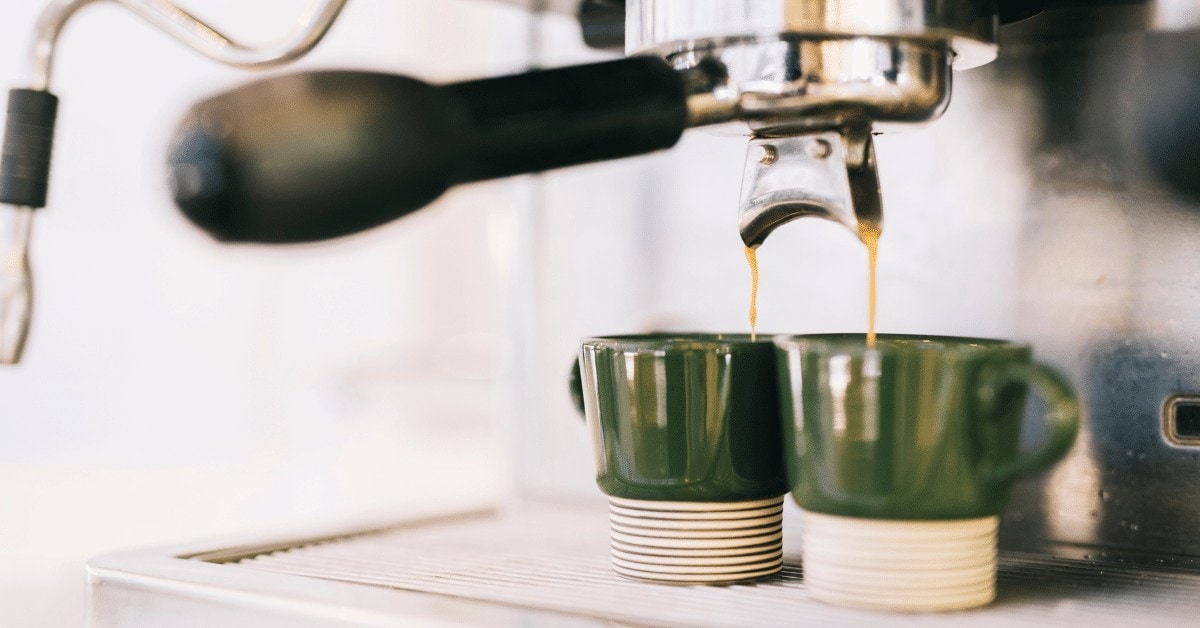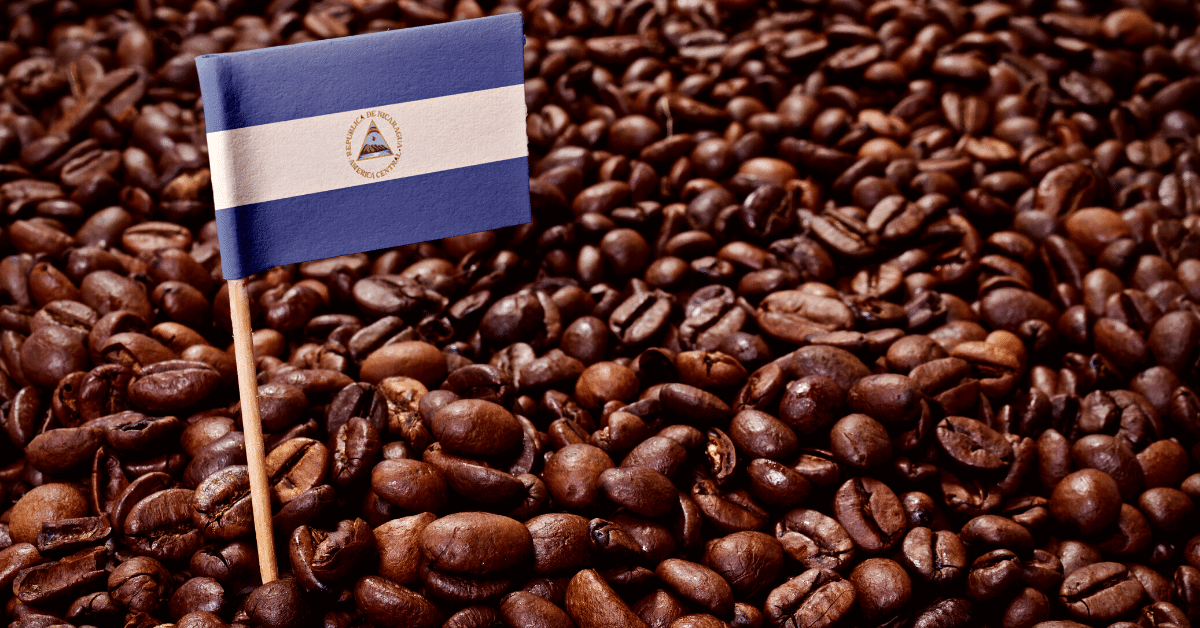Is it cheaper to grind your own coffee? Check out our whole beans vs ground coffee showdown and find out which is more affordable.
If you drink a lot of coffee, you know how quickly those bags of coffee can add up.
So, is it cheaper to grind your own coffee and buy whole beans instead?
As someone who throws away a lot of money on coffee, I’ve done research to come up with the answer to this question.
Plus, I’ve thrown in a few extra reasons to grind your own coffee.
Let’s take a look!
Is It Cheaper to Grind the Coffee Beans Yourself?
Grinding your own coffee beans can be slightly cheaper than buying ground coffee. However, this depends on the type of coffee you buy.
If it’s just a bag of ground beans you’re going for, whole beans can actually be a bit pricier. But, if you’re using coffee pods, whole-bean coffee tends to be a bit more affordable than pods.
But that’s not the only reason to go for whole-bean coffee.
Ground coffee tends to lose flavor and aroma faster than whole beans. When ground coffee loses aroma and flavor, your cup can turn out watery and flavorless.
Also, grinding coffee yourself gives you a fresher brew from the get-go. That makes your drink more powerful and much tastier.
Whole Bean vs. Ground Coffee
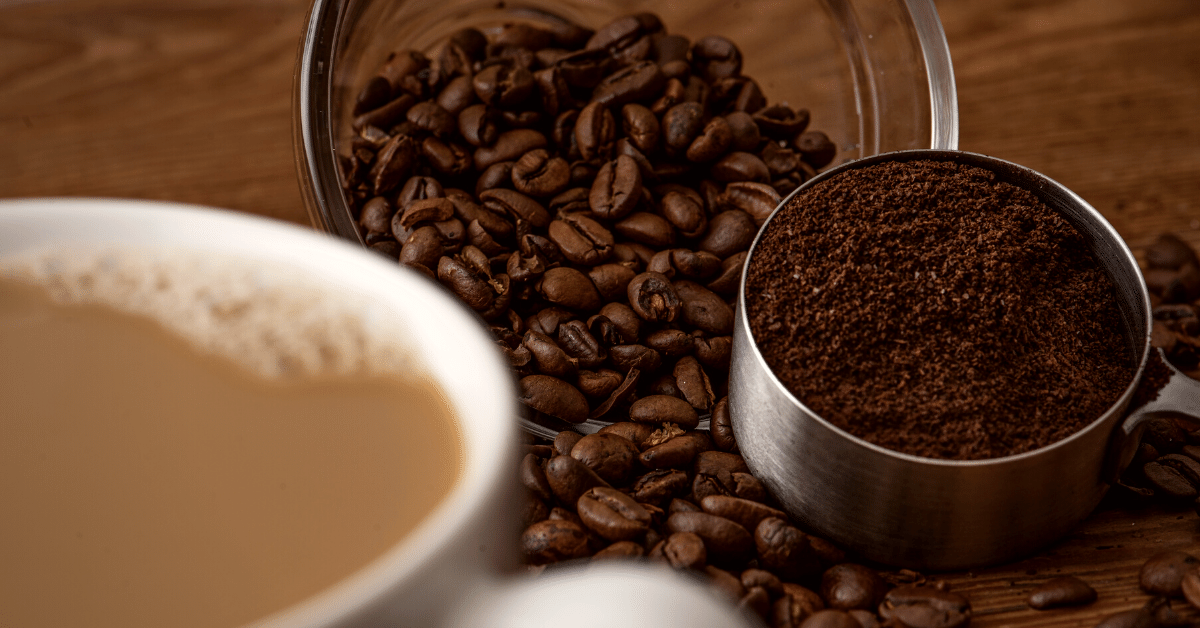
Whole-bean coffee is exactly what it sounds like—coffee beans that have been roasted and packaged. There’s no grinding involved at all.
Whole-bean coffee tends to be much cheaper than coffee pods. This is partly because coffee pods have to be made a certain way in order for them to work.
However, in order to actually use whole-bean coffee, you’ll need a grinder. Some coffee makers come with built-in grinders, while others will require you to pick one up separately.
If this isn’t an option for you, you can always go for ground coffee. Ground coffee is the most popular format among consumers due to its practicality.
With ground coffee, you save the time involved in grinding. Plus, you don’t have to buy your own grinder.
Between beans and ground coffee, regular ground coffee is the cheapest option.
NOTE
Both types of coffee can be a good pick as long as the coffee in question is of good quality. The higher the quality, the stronger the flavor and aroma, leading to a better cup.
When choosing which to buy, think about the brewing equipment you have. Plus, think about how much time you can commit to making your morning brew.
Grinding your own coffee will add a couple of extra minutes to the process. So, if you’re pressed for time, this might not be ideal.
Reasons to Buy Pre-ground Coffee
The main reason to buy pre-ground coffee is to save time. Pre-ground coffee saves you the extra step of grinding the beans yourself.
Plus, if you don’t have a grinder, they’re a bit more convenient. There’s no need to invest in a grinder yourself.
However, many people are worried about the freshness of pre-ground coffee.
The good news is that thanks to modern technology, it has been possible to make freshness last a little longer.
Of course, it will never beat the freshness offered by freshly ground coffee beans. But, sometimes convenience is the most important factor.
Pre-ground coffee is a good option for those who are just starting in the world of coffee.
It’s a much easier form of coffee to get used to rather than diving into the deep end and learning about grind sizes right away.
Reasons to Grind the Coffee Beans on Your Own
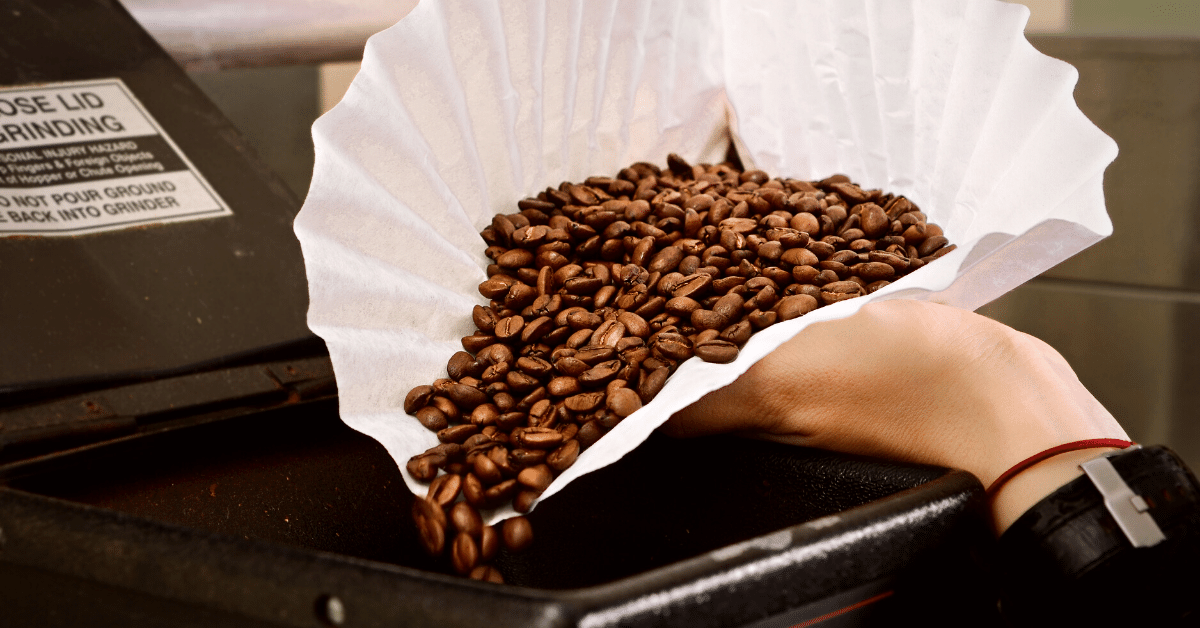
Now that you know why pre-ground coffee might be a good idea let’s talk about why grinding coffee beans is a better idea.
There are a couple of reasons for this, so buckle up!
You will get fresh coffee
One of the main benefits is the freshness and full-bodied flavor of the coffee. This, as a result, creates a delicious cup of coffee.
Once the coffee has been ground, full freshness remains for at least thirty minutes.
You see, after you grind your coffee, the coffee bean absorbs its environment’s taste, flavor, and moisture. For this reason, coffee can turn rancid much sooner than beans that have not been ground.
When you buy whole-bean coffee, you can grind just a little at a time. That way, you can store away the whole beans and keep them fresh for longer.
Whole bean coffee should keep its freshness for about two weeks after roasting.
PRO TIP
To protect the freshness of your roasted beans, you can store them in airtight containers away from heat, moisture, light, and heat.
You will get better taste & aroma
I’ve already touched on this a bit, but a big reason to buy whole/bean coffee is due to the taste and aroma.
When we choose to grind ourselves, certain desirable aromas and flavors are released from the coffee beans.
This is due to the oxidation process. When you grind coffee, the air that comes into contact with the beans affects the character, flavor, and aroma of the final product.
When it’s done right, you’ll enjoy a remarkably delicious cup of coffee.
Every time you grind the beans, the oxidation process starts. If you brew the beans immediately after, you’ll keep all the coffee’s rich aromas and sweet flavors.
Another thing to note is that grinding your coffee immediately helps make the aroma of your brew more pronounced.
This is where you can pick up on subtle flavors and smells in your coffee.
For example, in Colombian coffees, the aromas of chocolate and stone fruits are perceived. In Brazilian coffee, you can feel the smells of dried fruit.
NOTE
Whether you’re grinding the beans yourself or not, oxidation will still happen. However, the length of time coffee has been oxidized affects the taste of the coffee. Usually, the more oxidized the coffee is, the worse it tastes.
You can tweak the grind size
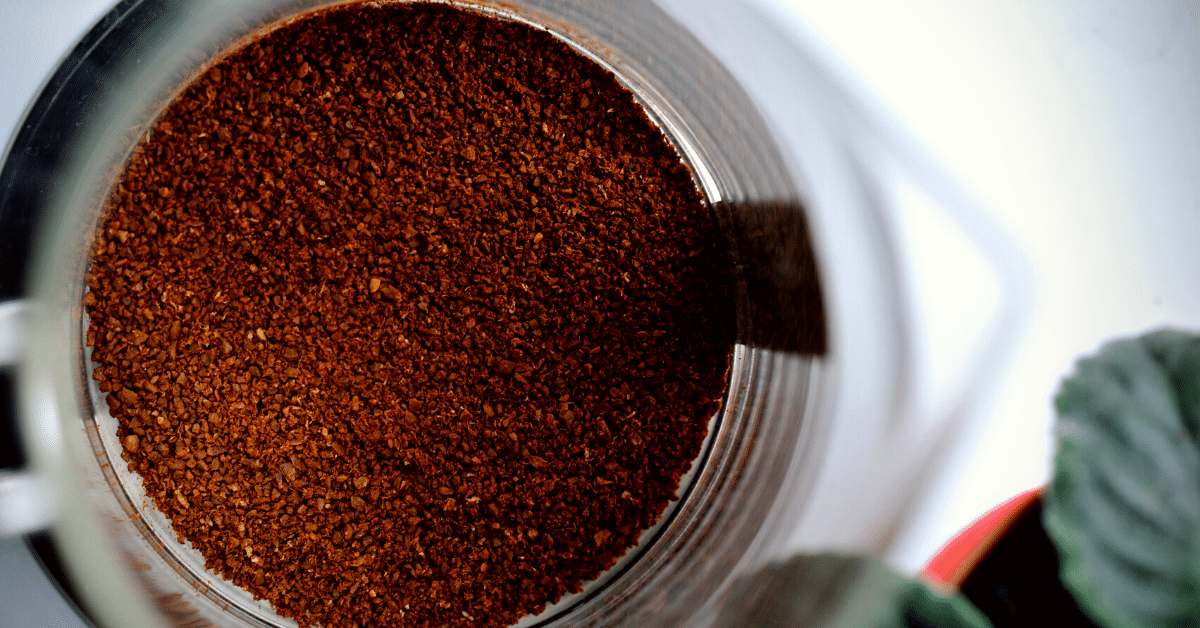
Grind size is another important thing to think about when making coffee.
You see, the grind size you need depends on the brewing method.
Most pre-ground coffee is sold in medium-coarse grind size. This grind size is designed for drip coffee makers since these are the most common types of coffee makers.
However, if you use, say, a Moka Pot, this medium-coarse grind size will lead to watery coffee.
Or, you won’t be able to make a cold brew coffee, because it requires an extra-coarse coffee grind.
Not to mention that you definitely won’t be able to pull a shot with your espresso machine, since it requires a fine grind.
That’s why it’s convenient to grind your own coffee bean and choose the grind setting according to how you’re brewing coffee.
While it does mean investing in a grinder, it really pays off when it comes to the versatility and quality of coffee brewing.
BOTTOM LINE
If you have a non-traditional coffee maker, it’s probably better to grind the coffee yourself. That way, you have more control over how big or small your grounds are.
Whole beans have a longer shelf life
Freshly roasted, whole coffee beans last approximately 30 days after roasting to keep their freshest flavor. However, unopened, they’ve got a shelf life of about six months.
Ground coffee tends to have a shelf life of five months if it’s unopened. But, once you open it, it’ll only last about two weeks.
BOTTOM LINE
Whole beans are going to last you for a bit longer than those ground coffee beans will. That makes them a bit more worthwhile!
Pre-ground coffee could have some additives
According to the ACS, there is also the possibility that pre-ground coffee contains additives other than coffee beans. Sometimes this is intentional, and sometimes it’s not.
Twigs or sticks, for example, can be mixed up and crushed by mistake.
Some corporations, on the other hand, may purposely add fillers, such as radicchio, corn, or barley, to the beans. This helps lower production costs and market prices.
If you go for whole beans, however, it’s not as easy for corporations to throw in mystery ingredients. So, you can usually bet on getting a purer product.
Grinding Your Own Coffee vs Coffee Pods
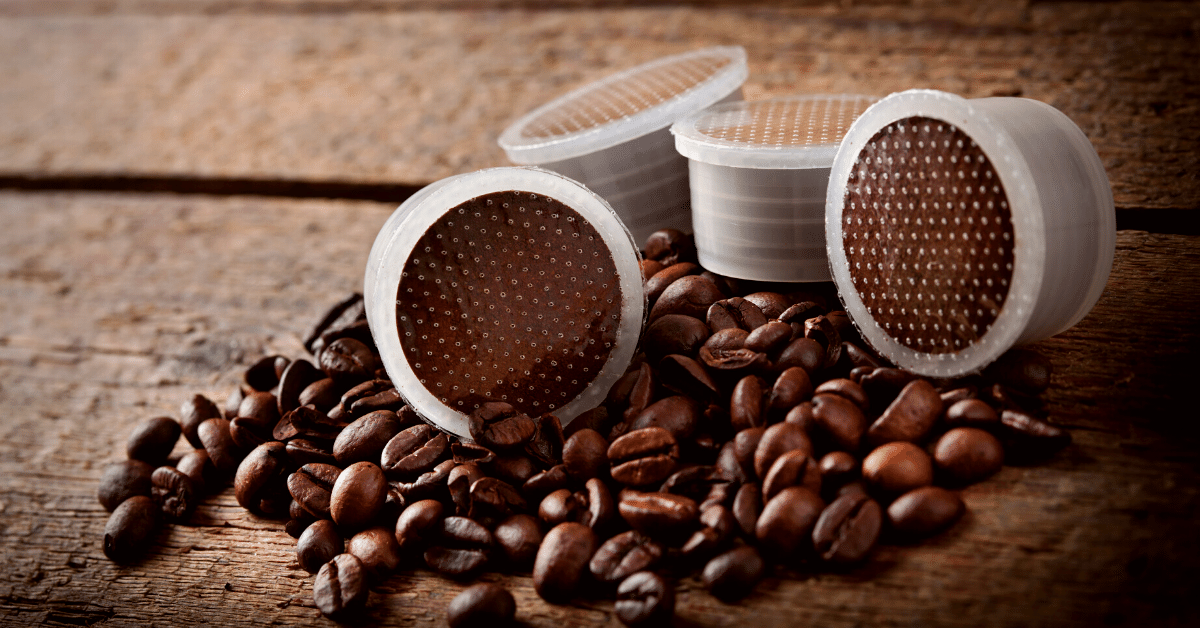
Grinding your own coffee beans could save you a few bucks over time compared to coffee pods.
This is because the beans are usually bought by the weight of a bag.
On the other hand, capsules, counted in the number of pods per box, usually have less coffee content.
A package of coffee beans usually brings 1kg, and coffee pod boxes usually bring 32 units, which are equal to 335 grams. That’s quite a bit less!
If you’re okay with paying the upfront investment in a coffee grinder, it’s usually worth it. It’s a one-time buy that will serve you for a long time.
Not to mention you can prevent the climate impact that coffee pod waste can generate.
With this, I am not saying that coffee pods are bad. But, I do think there are some pretty clear benefits to grinding your own coffee vs using pods.
In Conclusion
So, is it cheaper to grind your own coffee?
If you’re choosing between pre-ground coffee and whole bean, the answer is usually no. But, if you’re picking between whole beans and coffee pods, the answer is usually yes.
On top of all that, using whole-bean coffee can give you a fresher, tastier, more aromatic cup. What’s not to love about that?
Ready to pick up a new grinder for your coffee-making routine? Check out our guide to the best manual coffee grinders!

